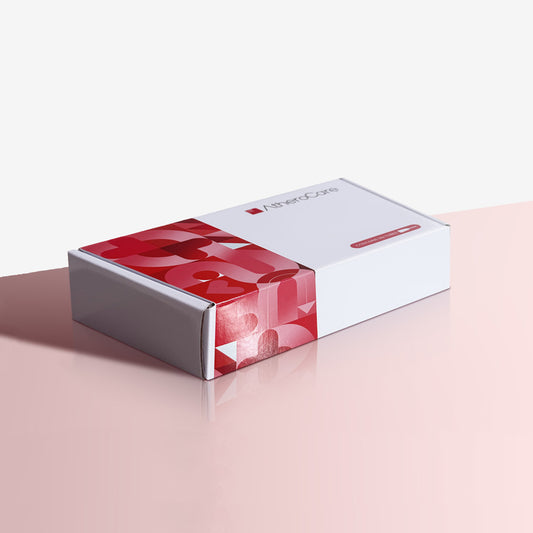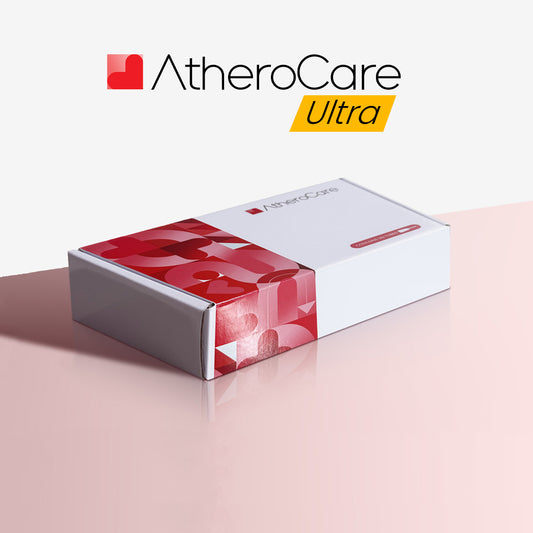Why every home needs a blood pressure monitor: High blood pressure is often called the “silent killer” because it can cause serious damage long before any symptoms appear. For adults over 50, keeping track of blood pressure is one of the simplest — yet most powerful — ways to support long-term heart health and protect your arteries.
Why monitoring at home matters: A home blood pressure monitor makes it easy to stay on top of your numbers in between doctor visits. The benefits include:
- Early detection: Changes in blood pressure can signal circulation or heart issues before they become emergencies.
- Better control: Regular readings help you understand how diet, exercise, medication, or supplements are influencing your health.
- Peace of mind: Seeing your numbers consistently can reduce worry and encourage healthier habits.
Research shows that home monitoring may improve long-term outcomes by spotting trends early — before they lead to arterial blockages, stiffness, or other cardiovascular problems.
Choosing the right monitor: For most people, an automatic, upper-arm cuff monitor is both the easiest and the most accurate option. Look for:
- A large, easy-to-read display
- A cuff size that fits your arm comfortably
- Memory storage for previous readings
- Validated accuracy from a trusted brand
Wrist monitors can be handy for travel, but they may be less reliable unless used exactly as directed.
How to measure correctly: To get accurate readings, follow these steps:
- Sit quietly for at least 5 minutes before taking a reading.
- Place your arm at heart level and keep your feet flat on the floor.
- Avoid caffeine, smoking, or exercise for 30 minutes beforehand.
- Take two readings a minute apart and record both.
Tracking your results in a notebook or an app makes it easier to spot patterns and share reliable information with your healthcare provider.
How this links to artery health: High blood pressure puts constant stress on artery walls, making it easier for cholesterol plaques to build up. Over time, this can narrow or block arteries. By lowering blood pressure and keeping it within a healthy range, you reduce this strain and give your arteries the best chance to stay flexible and clear. Many people choose to pair lifestyle changes — such as a heart-healthy diet and regular exercise — with supportive wellness supplements to encourage overall cardiovascular balance.
The bottom line: If you don’t already own a blood pressure monitor, consider adding one to your home health kit. Checking your blood pressure a few times a week gives you valuable insight, helps guide lifestyle choices, and provides a powerful tool for protecting your heart and arteries over the long run.







